The town of Peccioli won the Borgo dei Borghi 2024: the village, located in the province of Pisa, got the better of Badolato (Catanzaro) and Grazie (Mantova) in this year’s edition of the challenge that each year puts twenty villages, one per region, in the competition as part of the program Kilimangiaro on Rai Tre and through a special episode, traditionally aired on Easter evening, decrees the winning village. Peccioli succeeds Ronciglione, which had won the Borgo dei Borghi in 2023.
Hosted by Camila Raznovich, the competition featured a panel of judges made up of chef Isabella Potì, Olympic cross-country skiing champion Manuela di Centa and mathematician, logician and essayist Piergiorgio Odifreddi, president of the jury. Competing this year were the villages of Arbatax (Sardinia), Badolato (Calabria), Caldes (Trentino Alto Adige), Castelvetro di Modena (Emilia-Romagna), Celle Ligure (Liguria), Crecchio (Abruzzo), Fontainemore (Valle d’Aosta), Genga (Marche), Grazie (Lombardy), Guarene (Piedmont), Isola del Liri (Lazio), Leporano (Puglia), Maratea (Basilicata), Montesano sulla Marcellana (Campania), Muggia (Friuli-Venezia Giulia), Naro (Sicily), Peccioli (Tuscany), Petacciato (Molise), Stroncone (Umbria), and Torreglia (Veneto). The final winner was decided by public vote.

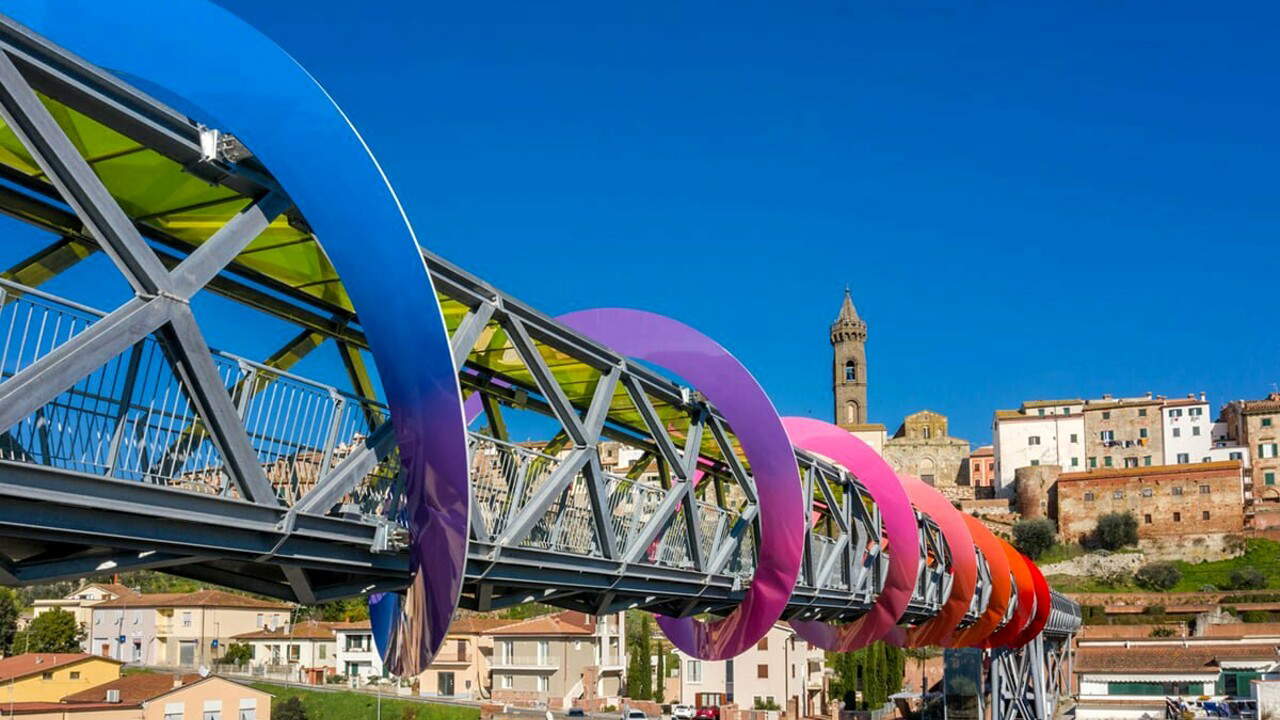

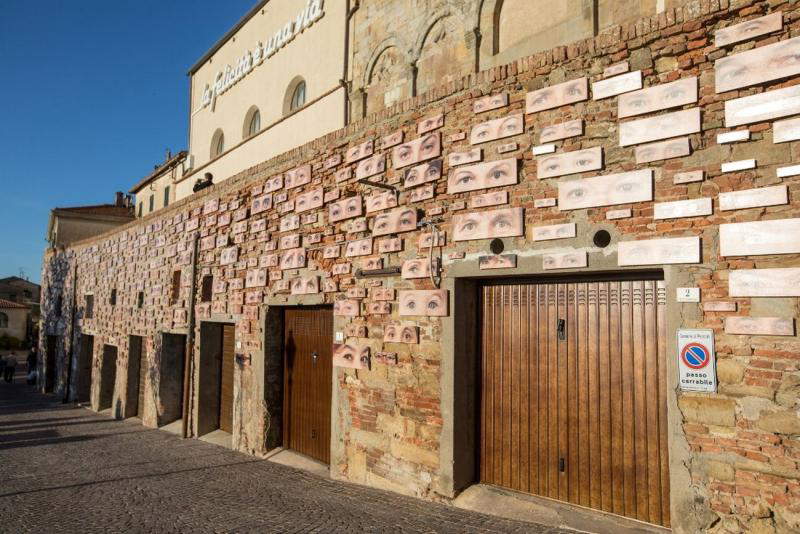
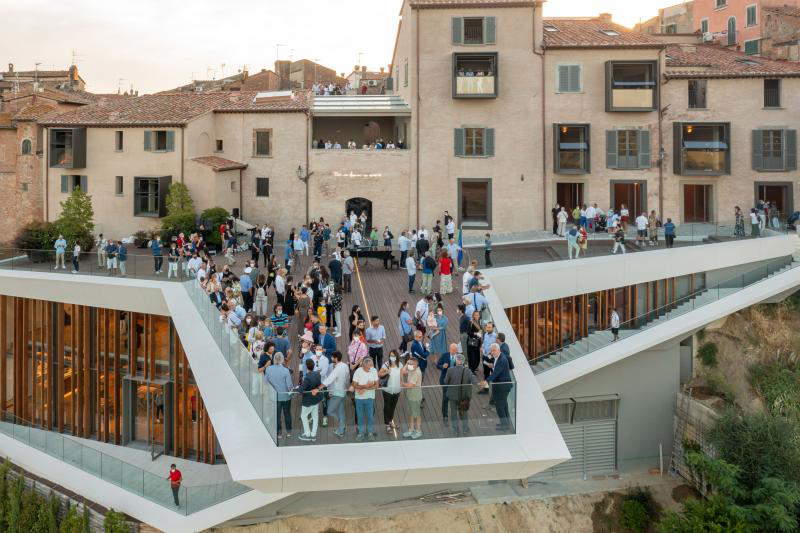
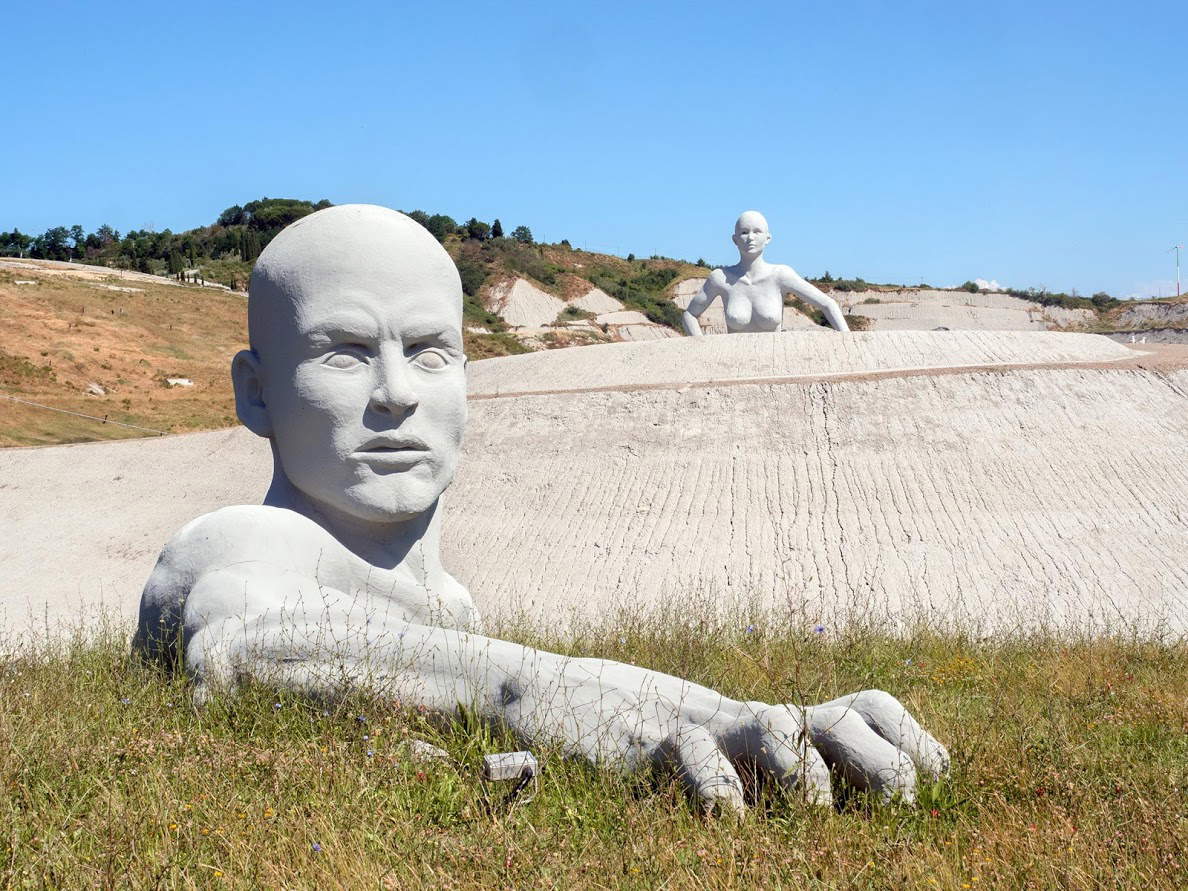
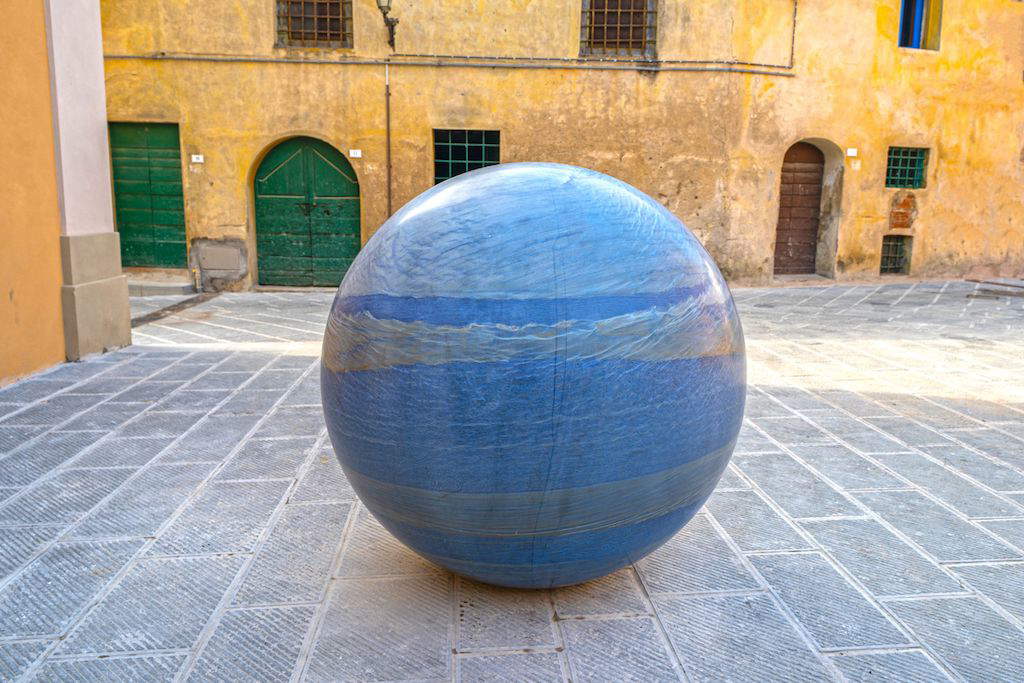
Located in the hills of Tuscany, to be precise in Valdera, not far from Volterra, the village of Peccioli is a medieval jewel that hides, however, a lively contemporary soul. Peccioli’s roots go back to the Middle Ages, when the village began to develop on previous settlements: in fact, the place has been inhabited since the Neolithic period, and Etruscan settlements are also recorded. In the Middle Ages it was the seat of a castle and was first under the dependencies of Pisa, then was for a brief period, at the end of the 13th century, the domain of the nobleman Nino Visconti, and then returned under Pisan domination (it was in the 14th century that the village experienced a strong expansion). In 1362 Peccioli was conquered by the Florentines led by the condottiere Bonifacio Lupi, and returned to Pisa after only two years, until 1406, the year in which the town became definitively Florentine and tied its fortunes to those of Florence (there were, however, some episodes of rebellion against the capital).
In the center of Peccioli you can visit the Romanesque parish church of San Verano, built between the 11th and 12th centuries (inside worth seeing are paintings by the great 17th-century painter Jacopo Vignali), the 17th-century church of the Madonna del Carmine, the Museo di Palazzo Pretorio , which houses a remarkable collection of Russian icons as well as a collection of engravings and lithographs, the Museo d’Sacred Art, the Archaeological Museum, while not far from the center are the Prehistoric Park, with dinosaur reconstructions, and the chapel of Santa Caterina, in the hamlet of Legoli: the oratory is famous for its splendid tabernacle frescoed around 1479 by Benozzo Gozzoli.
Peccioli, as anticipated, is an important center for contemporary art: despite being a small rural village, Peccioli has proven to be a vibrant place for creativity today, offering local, national and international artists platforms to express their creativity and engage the local community and visitors. One of the key institutions in the field of contemporary art in Peccioli is the Peccioli Foundation for. Founded with the aim of promoting modern and contemporary art in the context of the region, the foundation organizes exhibitions, workshops, conferences and other cultural events involving local and international artists. Through its initiatives, the Peccioli Foundation for Art has helped create a bridge between the village’s historic past and contemporary art, enriching the cultural life of the local community and attracting the attention of visitors from around the world. Peccioli is also home to several public art installations that enrich the urban fabric of the village and stimulate reflection and dialogue among residents and visitors. These works, ranging from monumental sculptures to interactive installations, are scattered throughout the streets and squares of the historic center, transforming Peccioli into a kind of open-air art gallery. Among the best known and most important are Patrick Tuttofuoco’s Endless Sunset , Remo Salvadori’s Nel momento , Federico De Leonardis’ Bastone , various interventions by Vittorio Corsini, Hidetoshi Nagasawa’s Colonna che scende , and Naturaliter’s Presenze , or the so-called “Giants” of Peccioli. The Palazzo Senza Tempo , on the other hand, is home to contemporary art exhibitions. Finally, David Tremlett’s interventions outside the historic center should also be noted, starting with the “colored houses” in the hamlet of Ghizzano.
 |
| Peccioli wins Village of Villages 2024 |
Warning: the translation into English of the original Italian article was created using automatic tools. We undertake to review all articles, but we do not guarantee the total absence of inaccuracies in the translation due to the program. You can find the original by clicking on the ITA button. If you find any mistake,please contact us.